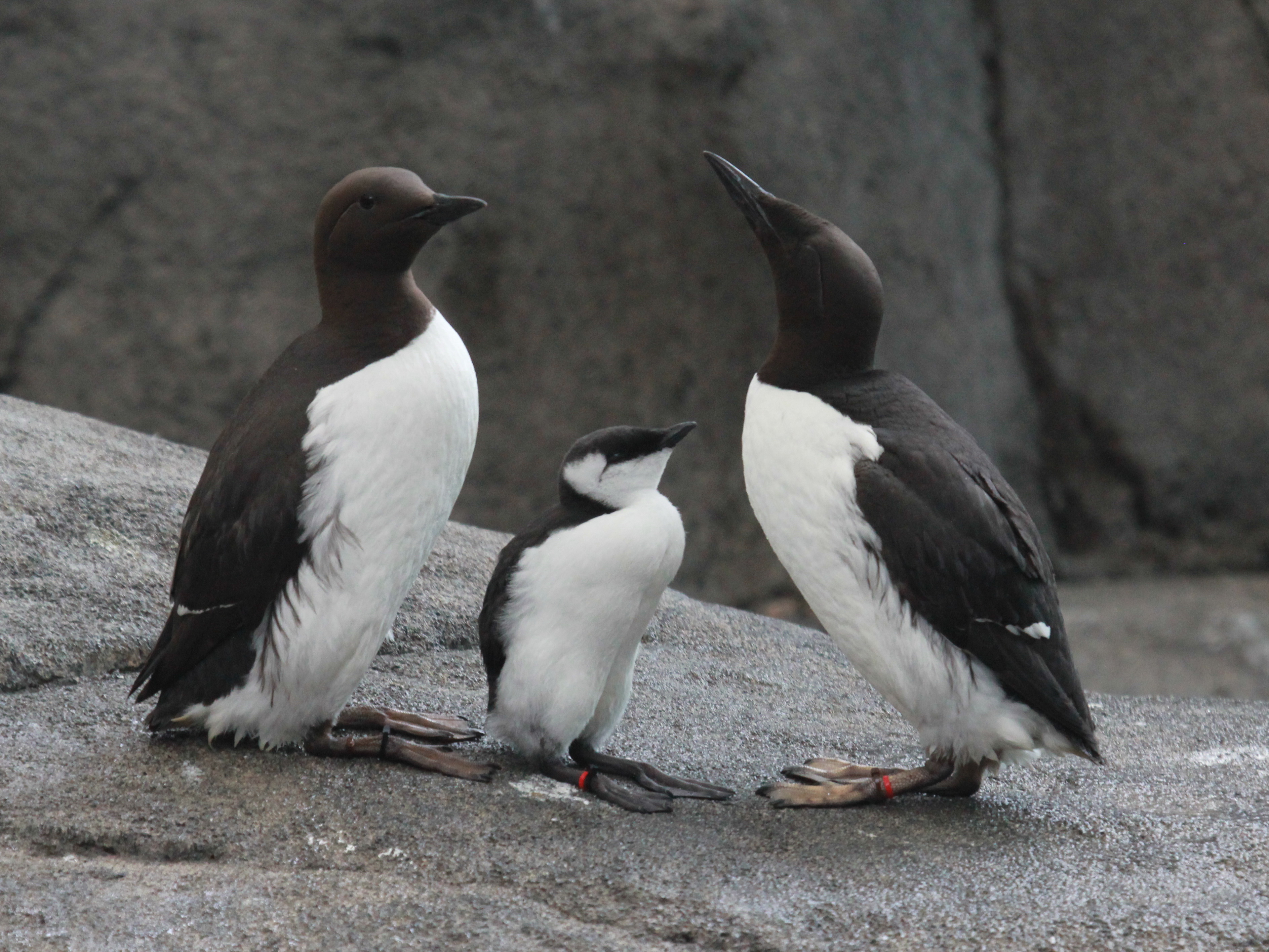
Kodiak Island residents have been reporting a large number of common murres washing up dead on local beaches.
The small black and white seabird usually establish breeding colonies on the Alaska Peninsula and in the Aleutian Islands.
Kodiak National Wildlife Refuge bird biologist Robin Corcoran said there are a few colonies on the island, but they’re less than 200 birds.
Corcoran said the refuge first started receiving reports in April and May about a handful of murre die-offs.
“They were showing up in places where people don’t normally see them. These are birds that are usually pretty far off shore,” she said. “We were getting all these reports of them being seen close to shore, foraging.”
Corcoran said more and more reports of dead birds started coming in August. She said some beaches have a large number of carcasses; there are over a hundred on the shores of Pasgashack.
She said she doesn’t know what could have caused the deaths, but it could be related to the birds’ inability to catch fish because they’re currently going through a flight feather molt stage.
“They spend about 70 days where they can’t fly, and so the die-off seems to coincide with this flight feather molt where they’re flightless and it might be that they don’t have the mobility to move to locations where they can find the forage fish,” Corcoran said,
Making things worse is that the birds are in a mostly unfamiliar territory. No one knows why they’re congregating on Kodiak Island. Corcoran hypothesizes that colony abandonment in other areas could be a factor.
Corcoran said 2012 the last year they saw a major bird die-off, that time of both murres and grebes in January through March. They collected carcasses and sent them to the National Wildlife Health center in Madison, Wisconsin, where they ruled starvation as the cause of death.
The carcasses they’ve sent this year have been emaciated. Corcoran said the murres’ plight it could be connected to recent whale die-offs.
“[We’re] looking into the possibility of harmful algal blooms. … It could be related to the warm ocean temperatures having an impact on forage fish populations,” she said.
Corcoran said refuge survey data indicates that several other bird species’ numbers have declined, like the pigeon guillemot and the marbled murrelet. She said she’s read about the die-off reaching Homer, as well as along the Alaskan Peninsula and into the Aleutians.
